Cafes in Paris don't just drink coffee! Getting lost is the best way to meet a cafe.
For professional baristas, please follow the coffee workshop (Wechat official account cafe_style)
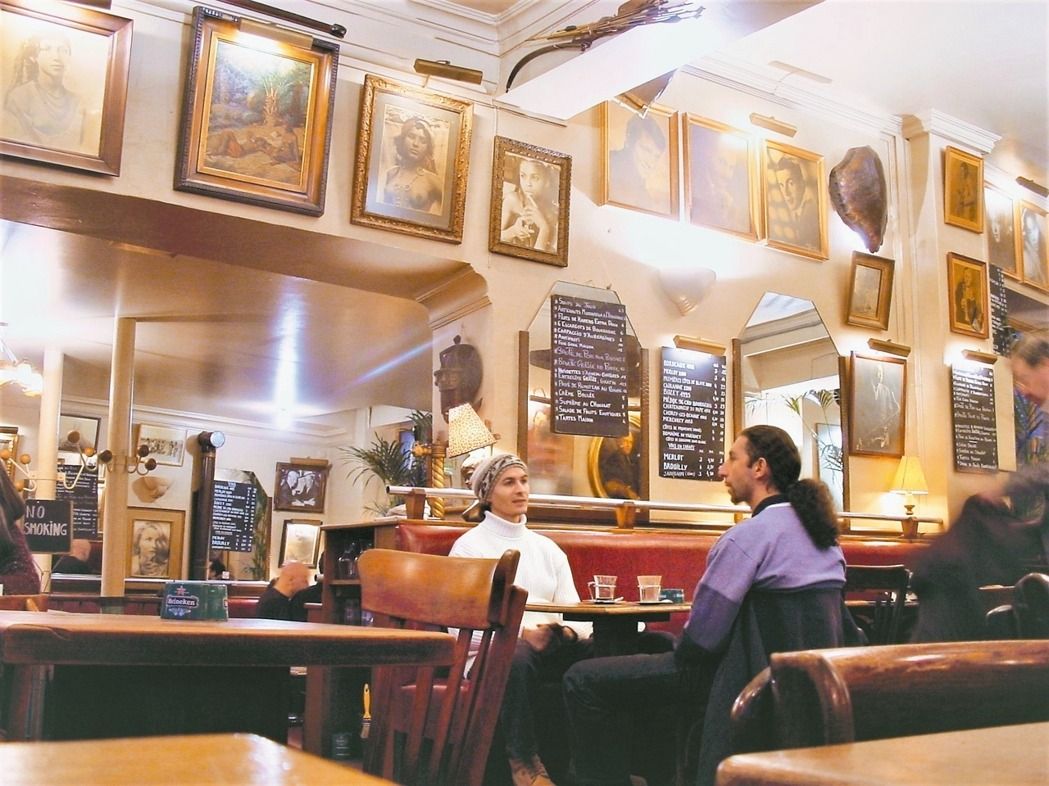
Cafe de lounge coffee 39th Indussia, the traditional cafe hidden in Paris is the most populous, with a quick drink, a chat, a book and a newspaper. There are stories on every corner. Photo / Xie Zhongdao, courtesy of various operators
The unawakened outdoor seat in the morning, the corner of the setting sun, in the secluded uninhabited alley, on a wooden boat on the banks of the Sena-Marne river. there is no place to drink coffee everywhere. The cafe of the Parisians comes with the encounter. If you don't get lost in Paris, you don't have to go to Paris, but getting lost is often the best way to meet a cafe.
Parisian cafes have never been just a place to drink coffee, and perhaps because of this, it is not so important that the black juice in the cup is good or not, what matters is what happens around this small cup. Of course, the cafe is not just drinking coffee, but gossiping.
The real problem with Paris Cafe may be: generally speaking, Parisian coffee is really bad. In a country where everything has history and allusions, there is a reason why coffee is not good.
This has to do with the fact that coffee was just introduced into Europe in the 17th century, and European powers competed to seize colonies or grow coffee in colonies. France was not a great power in the era of sea power. Several Caribbean colonies of coffee producing areas did not grow arabica varieties with good taste, but bitter and crude robusta. At that time, coffee was not a drink to be tasted as carefully as wine. Comparison is a kind of drink that emphasizes the efficacy or the common class. No matter it is brewed or brewed, coffee has not been taken seriously by Parisians. As a result, Parisians, and even the whole of France, drank mostly robusta coffee in the following centuries. When the habit has become natural, the taste has been deeply rooted in French food culture.
At the beginning of the 20th century, the Verlet family in Paris was one of the few coffee companies that first introduced the arabica variety and roasted it themselves, trying to change the taste buds of Parisian coffee, but it still took a long time.
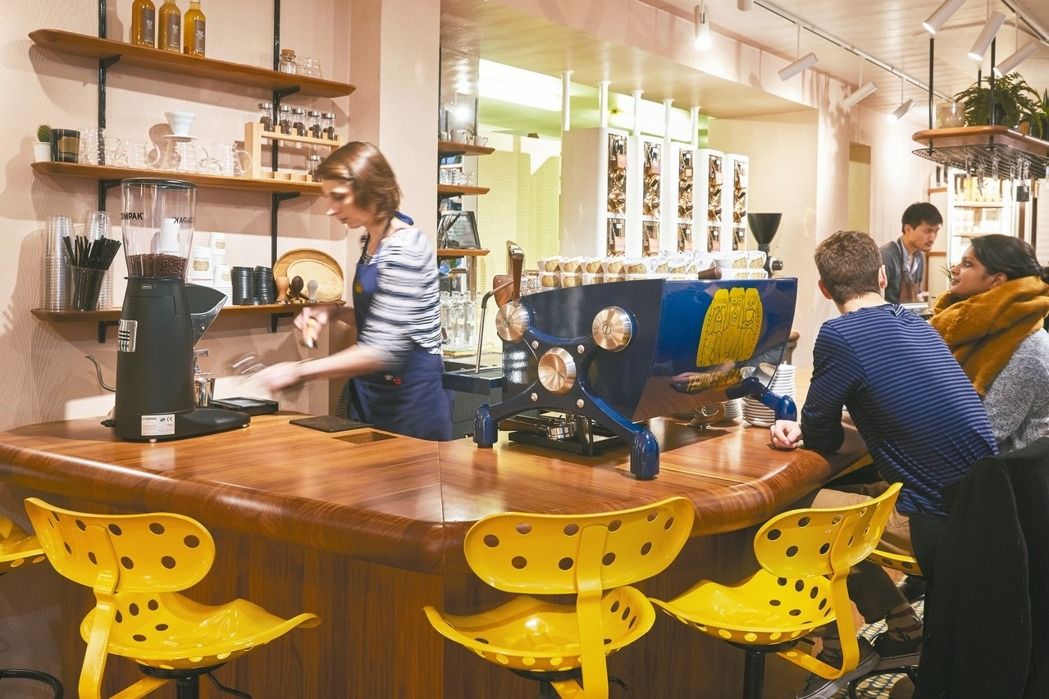
Terres de Caf é, started by several Parisian young people, emphasizes the quality of coffee production. Photo / Xie Zhongdao, courtesy of various operators
The Cafe in the good Times witnessed the prosperous History
Parisians may not have a long history of drinking good coffee, but they have quite a wonderful cafe culture. At the beginning of the 20th century, when the industrial revolution created a lot of wealth, life in Europe became more and more prosperous. Paris entered the so-called "good era Belle Epoque". Cafes are often synonymous with restaurants, and many are high-end restaurants. The famous British cafe Caf é Anglais was one of the most exclusive restaurants in Paris, and Chartier was also the Fengyun Cafe at that time. It still exists today, but it is now an inexpensive restaurant for tourists looking for a nostalgic atmosphere.
At this time, the cafe is an occasion for ordinary people to spend a little money on a cup of coffee and exchange social news and gossip, and it is often the place where writers and artists indulge in lingering and get inspiration; it is also a channel for politicians and opinion leaders to listen to public opinion. Balzac once said: "the cafe is the people's palace of Congress." "
The short-lived World War II may not have changed the cafe culture of many Parisians, but it made Parisians taste the wartime shortage of supplies and the occasional hardship without coffee. Although chicory root powder was mixed with coffee as early as the 18th century, it was really used in wartime. In order to solve the problem of coffee shortage, Europeans ground the root of chicory chicor é e into powder and mixed it with coffee powder, but it was very comforting. The taste of impure coffee powder still occupies the breakfast table of many French people.
After World War I, after the baptism of life and death, Parisians' views on reality and life are very different from the past. Various art trends are surging, impressionism, Fauvism, surrealism, etc., whether artists and writers are dialogue or confrontation, debate or show off, the cafe provides the best stage. La Coupole, which opened in 1927, still has the works of many master painters at that time, which is now listed as a monument protection.
The well-known double Old Coffee and Flower God Coffee is also the product of this period of vigorous development of art and literature. Surrealist heavyweight writers and poets let the cafe play a social, artistic and poetic role. Saudi Arabia often and Simon Bova in the Flower God Cafe, and even said: "Flower God is the road to freedom". To this day, double Old Man and Flower God award their own literary awards every year and play an important role in Paris. Not just a place of pilgrimage for ordinary tourists.
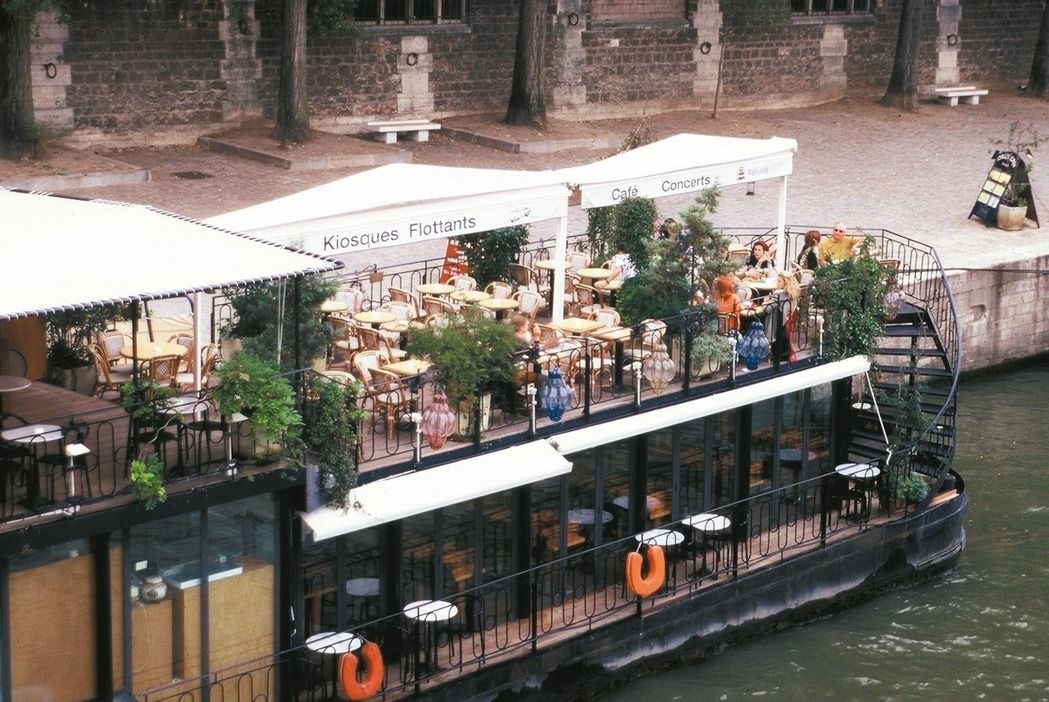
When the weather is fine, the Sena-Marne River will stop at the wooden boat coffee, the atmosphere and field of vision are unique. Photo / Xie Zhongdao, courtesy of various operators
Left Bank Cafe Literature, Art and philosophy
After World War II was the age of Saudi Arabia, Bova, Foucault, Bourdieu and Roland Bart, an era in which thinkers and philosophers such as existentialism and semiotics thoroughly turned over history and life, whether you understand it or not, we have to face the student movement, communism and sexual liberation taking place at the door.
Comrades gather and symbiosis on the left bank, artists warm themselves here, and students of the 68 student movement in Latin District demonstrate here. The cafes of boulevard Saint-Germain and boulevard Montparnasse on the left bank of Paris have become a field for the construction of important thoughts and theories in the 20th century. The inexplicable nothingness of life, the absurdity of life, the depression of the search for truth... so Zhao Wuji's abstract paintings, Raymond Queneau's obscure novels, and Robert Desnos, a photographer who is good at capturing the details of Parisian life, are all the most representative artists and writers of this period, and the cafe is the cradle of these wizards.
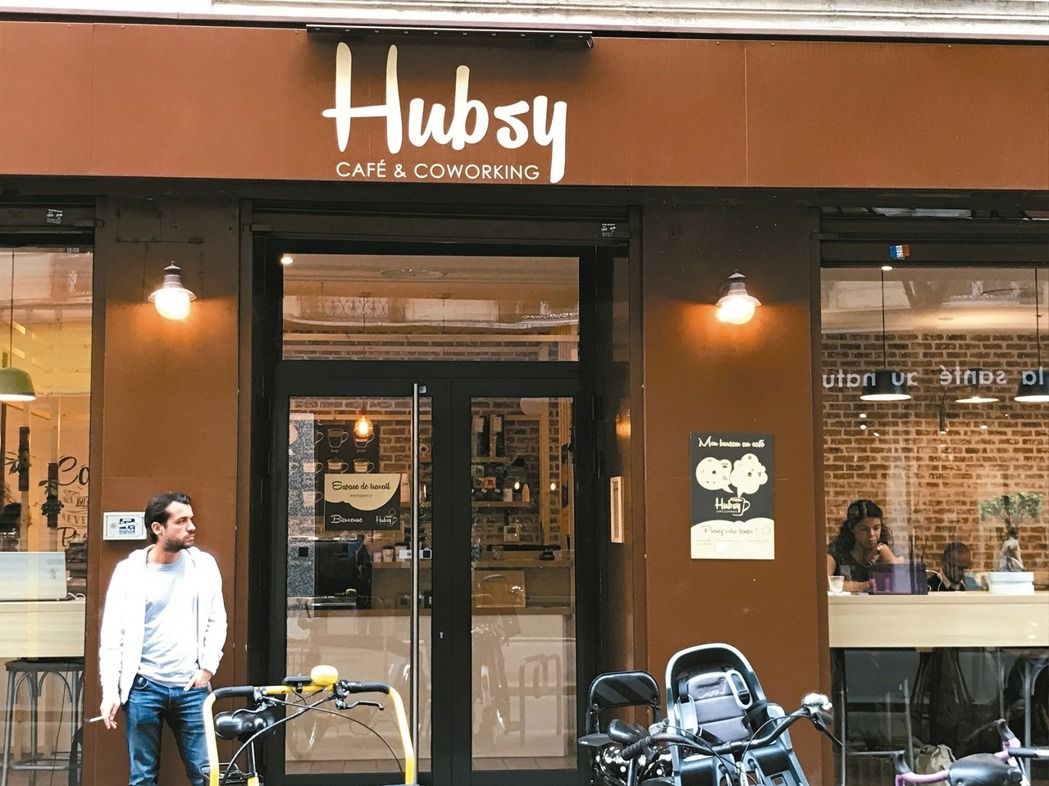
Studio cafes are a trend that has sprung up in Paris and around the world in the past two years, rewriting the meaning of cafes to Parisian life. Photo / Xie Zhongdao, courtesy of various operators
Deeper reflection of philosophy Cafe
The philosophy Caf é started in 1992 at the Lighthouse Caf é Caf é des Phares in the Piazza Bastille, initiated by the philosopher Marc Sautet, and opened at 11:00 every Sunday in order to enable the general public to openly discuss college-only courses or topics, and to lead people to think deeply about ordinary and life-oriented issues, such as "is happiness a kind of reality or imagination? "" what is boredom? "
Philosophical cafes were very popular with Parisians at the end of the 20th century, and soon spread to cafes in all parts of Paris. The concept even spread to major European cities, and many famous scholars or philosophers were invited to give lectures. Although Marc Sautet died in 1995, another group of philosophical teachers and students took over, making the idea more organized.
Inspired by the influence of philosophical cafes, psychological cafes, sociological cafes and even theological cafes have emerged one after another. Paris cafes have never been just drinking coffee, which has been a tradition of Parisian cafes for centuries.
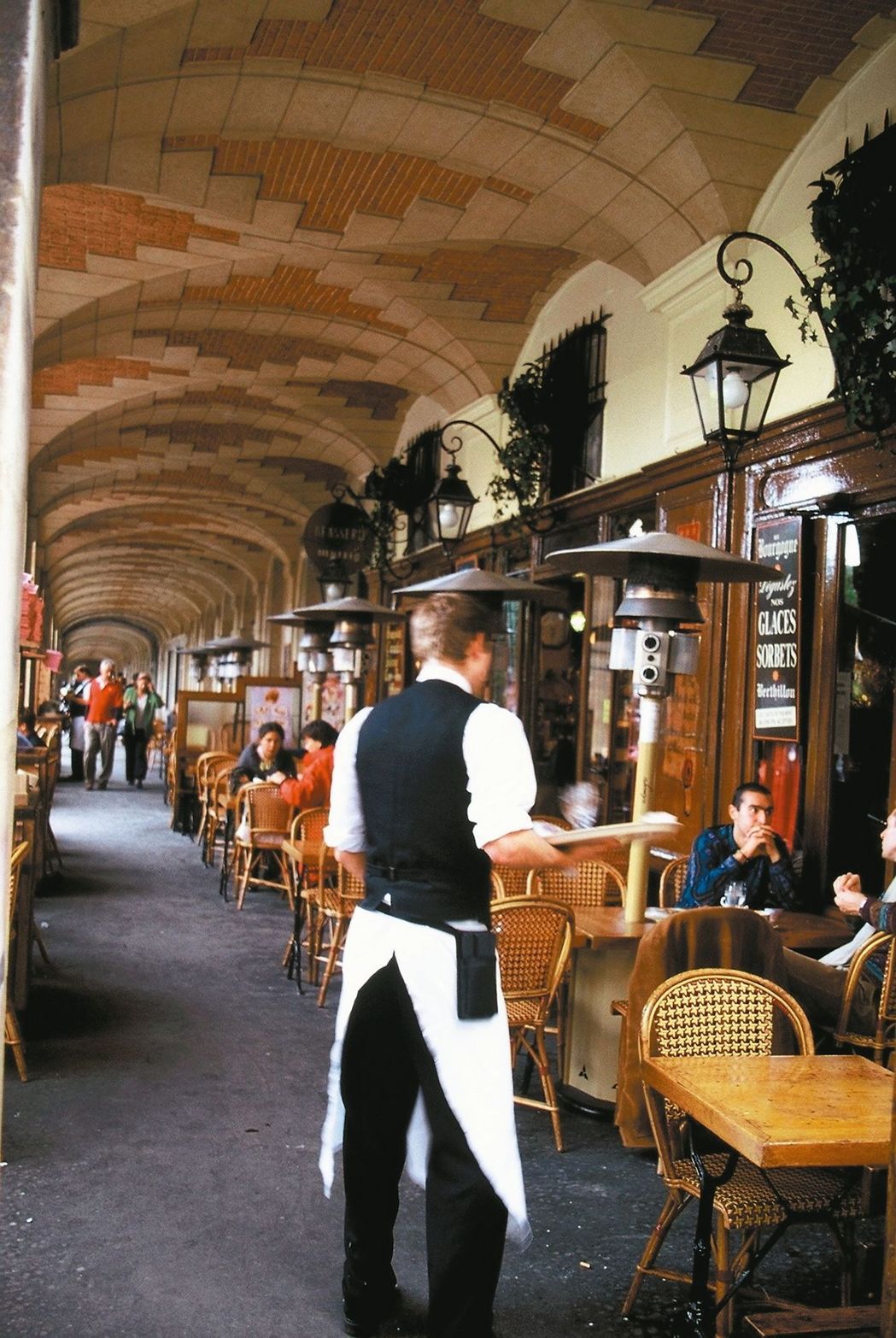
Ma Bourgogne, a traditional cafe in Firi Square, Mahei District, has a charming old atmosphere. Photo / Xie Zhongdao, courtesy of various operators
Professional cafes return to the enjoyment of taste buds
At the beginning of the millennium, some pure cafes began to appear in Paris, with no history, no artistic trend or philosophy. Most of the French young people who had lived in other cities such as New York and London returned to Paris to start their own cafes. This generation of young people have no historical baggage, no money, top coffee historical restaurants, take the cultural youth-style entrepreneurial small cafe route, only drink coffee, seriously study beans. Pay attention to the origin, care about baking, study brewing, taste carefully, Parisian coffee finally restore the appearance and taste of coffee.
Most of these new cafes appear in the so-called Bobo life circle, such as Marais and St. Martin Canal. The word Bobo comes from the combination of bourgeois bourgeois and Boh è me. It is characterized by attention to the taste of life, strong economic ability, high sensitivity to fashion design, quality and not about the brand. This kind of small cafe is often only about ten square meters, simple decoration, bright modern design, wooden tables and chairs. Several pots of flowers and plants, sometimes accompanied by several homemade or nearby well-known handmade cakes. To put it simply, the new Wenqing cafe in Paris cares about the quality of coffee, no longer the thickness of history or the high opinions of the literati, but to drink coffee solidly.
Studio cafes are both independent and clustered.
This is the trend that is sweeping Paris and even major cities around the world. Coworking shop mainly offers not coffee, but the concept of a shared studio: a sense of open space, comfortable seats, high-speed Internet service, and printer interface equipment. Guests come with laptops, not to gossip, stare at the screen, and pour coffee into their heads with online news all afternoon.
Writers, journalists, architects. All kinds of freelancers see it as a studio, and in Paris, a city with expensive rents and often narrow and dark youth apartments, a place with spacious spaces and modern equipment is at least not depressing. at the same time, a work space with a sense of belonging and a sense of personal isolation has become the need of this era.
Parisian cafes and tourist cafes are often different, even if they go to the same cafe, they will stagger with tourists, and each Parisian has different reasons for going to the cafe.
So, are you still on the left bank for coffee?
Important Notice :
前街咖啡 FrontStreet Coffee has moved to new addredd:
FrontStreet Coffee Address: 315,Donghua East Road,GuangZhou
Tel:020 38364473
- Prev
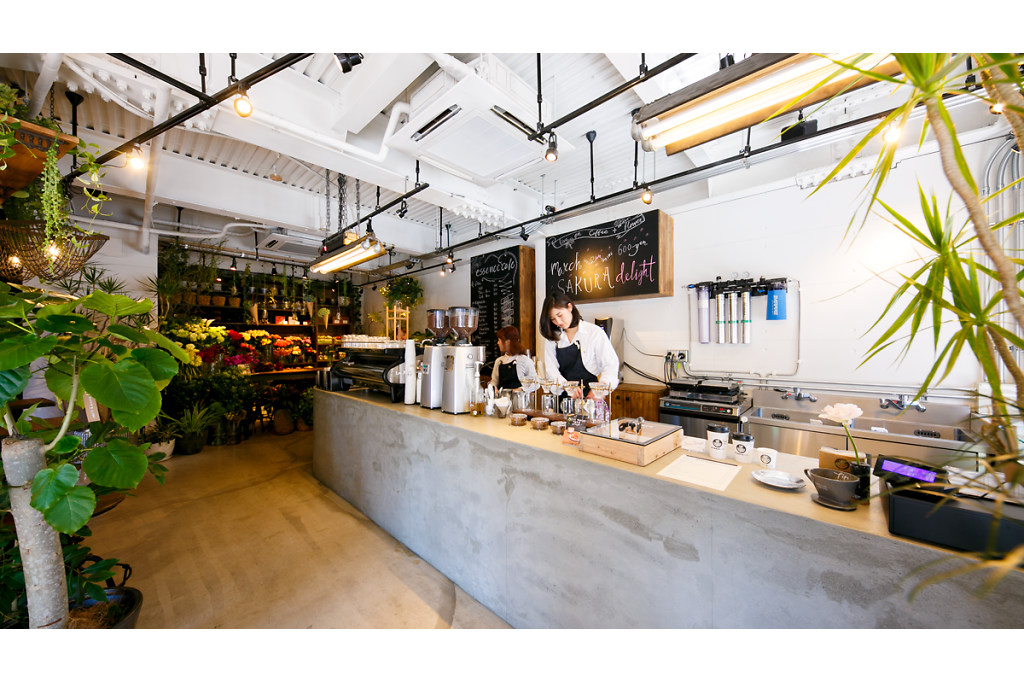
Realize two cultural youth dreams at a time: expand from a florist to a compound coffee shop-Essence Cafe
Professional baristas Please pay attention to the Coffee Workshop (Wechat official account cafe_style) ordinary coffee shops are no longer enough to meet consumers, but compound coffee shops combined with other industries are becoming more and more popular. Mix the smell of book ink in the aroma of coffee, or drink coffee, by the way, buy the popular accessories displayed on the side, or in the store.
- Next
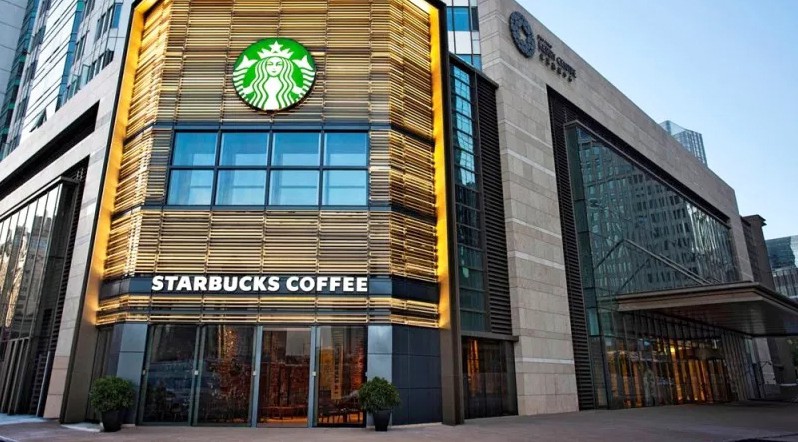
Open a store every 15 hours! Look at the transformation of Starbucks in China and find a new profit engine!
For the exchange of professional baristas, please pay attention to the coffee workshop (Wechat official account cafe_style) "China" is not only an important gold prospecting place for Starbucks, but also a development market for Starbucks, bringing good news for Starbucks' profit growth every year. Starbucks reported results in the second quarter of this year, with the Asia-Pacific region's outstanding performance, not only an increase of more than 1,000 in the past year.
Related
- What documents do you need to go through to open a coffee shop? coffee shop coffee shop certificate processing process
- How to purchase Coffee beans in small Cafe how to choose a suitable supplier for domestic Coffee supply Company
- How to drink Starbucks Fragrance White Coffee? how to make Australian White Coffee? what Italian coffee beans are recommended?
- The Story of Flora Coffee: the name of Flora Coffee Bean and the implication of the Flowers on Florna Coffee
- How much does a cup of coffee cost? How much is the profit of a cup of coffee? What is the profit of the coffee shop in a year?
- Yunnan small Coffee, known as "fragrant Coffee", introduces the characteristics of Alpine Arabica Coffee producing areas in Yunnan, China
- 2023 latest Starbucks full menu price list how much is a cup of Starbucks coffee what is better to drink the most popular hot and cold drinks recommended
- Starbucks different kinds of Coffee Price list Starbucks menu 2023 Top Ten Best drinks in Starbucks
- Starbucks Spring praise Comprehensive matching Coffee Bean theme Story Packaging implication and taste description
- The cost of a cup of coffee latte American coffee cost price and selling price

